News
-
 Planetary Science
Planetary ScienceSo long, Rosetta: End is near for comet orbiter
During its time in orbit around comet 67P, the Rosetta spacecraft discovered diverse terrains, organic molecules and a source of water quite different from Earth’s oceans.
-
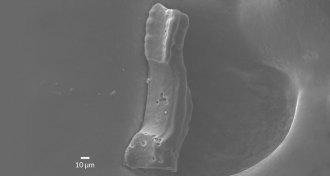 Earth
EarthGlass bits, charcoal hint at 56-million-year-old space rock impact
Glassy debris and the burnt remains of wildfires suggest that a large space rock hit Earth near the start of the Paleocene-Eocene Thermal Maximum warming event around 56 million years ago.
-
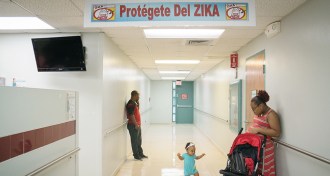 Health & Medicine
Health & MedicineConcern expands over Zika birth defects
Infection with Zika virus in utero can trigger a spectrum of birth defects beyond microcephaly, and could potentially cause long-term health problems as well.
By Meghan Rosen -
 Paleontology
PaleontologyAncient microbe fossils show earliest evidence of shell making
Armor-plated, 809-million-year-old fossilized microbes discovered in Canada are the oldest known evidence of shell making.
-
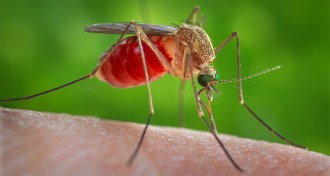 Animals
AnimalsNew case emerging for Culex mosquito as unexpected Zika spreader
The much-debated proposal that a Culex mosquito could help spread Zika gets some international support.
By Susan Milius -
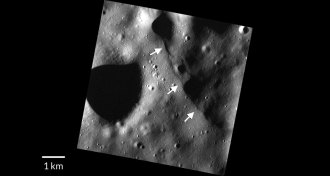 Planetary Science
Planetary ScienceMercury’s surface still changing
A population of small cliffs on Mercury suggests that the planet might have been tectonically active in the last 50 million years.
-
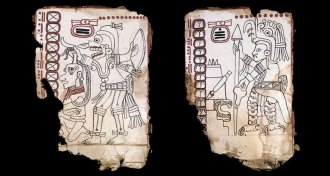 Archaeology
ArchaeologyAncient Maya codex not fake, new analysis claims
New report suggests an ancient Maya text — the bark-paper Grolier Codex — could be the oldest known document in Americas.
By Bruce Bower -
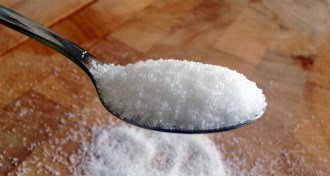 Health & Medicine
Health & MedicineSugar industry sought to sugarcoat causes of heart disease
Sugar industry has long, sweet history of influencing science.
By Laura Beil -
 Earth
EarthNuclear blasts, other human activity signal new epoch, group argues
A group of scientists will formally propose the human-defined Anthropocene as a new epoch in Earth’s geologic history within a few years, probably pegging the start date to nuclear tests.
-
 Genetics
GeneticsNew era of human embryo gene editing begins
Gene editing of viable human embryos is happening, in and out of the public eye.
-
 Plants
PlantsNarrowed plumbing lets flower survive summer cold snaps
Ice barriers help alpine plants save their flowers during summer cold snaps.
-
 Genetics
GeneticsEndurance training leaves no memory in muscles
Unlike strength training, endurance workouts left no genetic trace months later, calling into question idea of a general muscle memory.